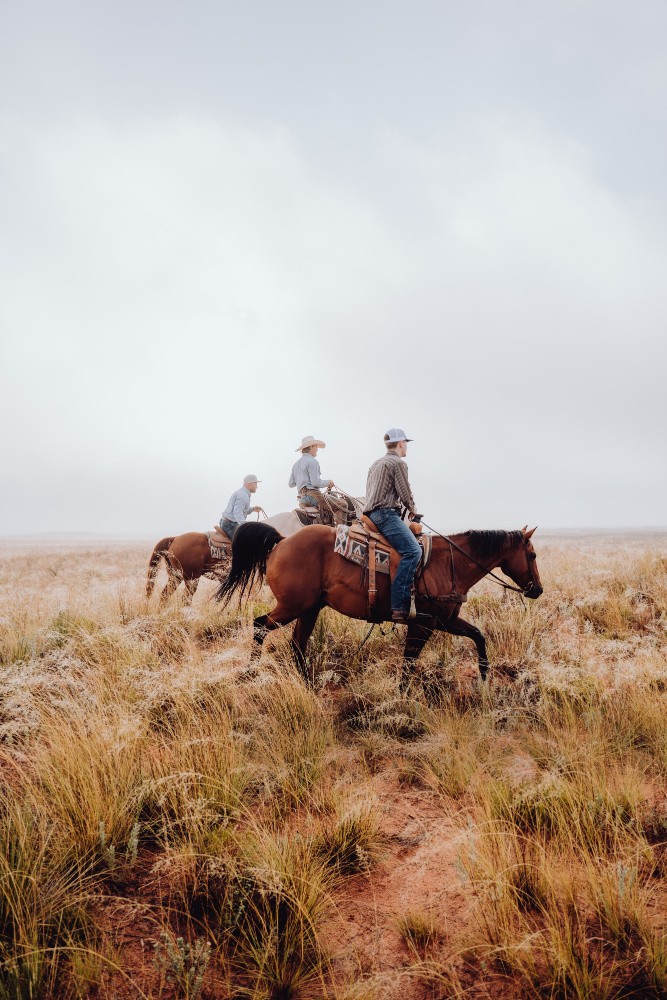Is it possible to save the planet by eating a steak? Controversial, to be sure, given the massive amounts of the global-warming methane gas produced by cattle. The idea that cattle could have an integral role in decreasing carbon dioxide in the air seems to go against everything we have been hearing lately. But ask a regenerative rancher, and they will tell you otherwise. It turns out, it’s all about growing soil. And one such soil farmer has taken up residence at the historic EE-DA-HO ranch in Bellevue, Idaho.
Werner Morawitz has had quite an unlikely path to becoming a grower of soil. But it seems that for Werner, all roads have led to EE-DA-HO. A convergence of his life’s work in environmental science, finance, and a desire to create a sustainable environmental model locally and beyond has manifested itself in his current work on the ranch.
The origins of Werner’s journey to soil farming, ironically, began with a passion for exploring the world’s oceans. While earning his PhD in Oceanography at Scripps Institution of Oceanography in La Jolla, California, he met his best friend turned wife, Laura. A Georgia girl following her own spirit of adventure, Laura moved to California after graduating from UNC-Chapel Hill to teach high school English and explore the West. Their jobs and wanderlust led them around the world to Tasmania, Seattle, and Charleston before landing in Sun Valley, Idaho, to raise their family over 20 years ago. A job offer with Sun Valley Gold, a precious metals investment fund, subsequently helped to sharpen Werner’s outlook on environmentalism. Sure, it might seem like a pivot to finance was an abandonment of his environmental work, but it actually helped him to think critically about the economic sustainability of environmental causes.
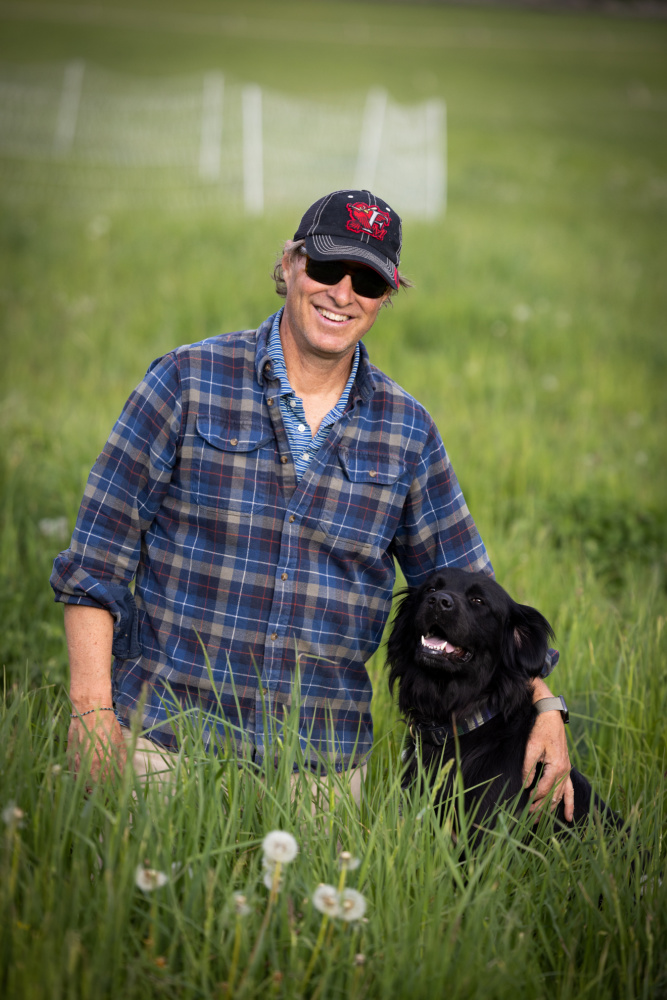
Perhaps it’s due to the calculating nature of his scientist’s brain, but Werner is far from the idealist eco-warrior. While working with a highly respected and active environmental nonprofit when he was still at Scripps, Werner saw the limitations created by the nonprofit sector in relying solely on fundraising, particularly when trying to bolster a sustainable model for their mission. A book called Natural Capitalism by physicist Amory Lovins, environmental activist and attorney Hunter Lovins, and businessman Paul Hawken landed with him. “It was about recognizing the economic shift from a past era of seemingly infinite natural resources and limited human capital, to the current reality of scarce resources and more efficient human capital through computers, mechanization, and automation. And the opportunities that reality shifts presents in the marketplace today; things that now make economic sense because they are conserving, or better yet, improving the health of our arguably more finite, and precious, natural resources (the environment), and are utilizing current technologies,” Werner explains.
That idea of concomitant economic and environmental sustainability became a reason for being for Werner. After settling in Ketchum, Idaho, he joined the board of the local Environmental Resource Center, and became a founding board member of the Sun Valley Institute for Resilience; an organization whose mission is to educate and create opportunities for economic and environmental resiliency. But he was not content to “just advise” as a part of the board; instead, Werner wanted to get his hands dirty. He joined the staff at the Sun Valley Institute and helped secure a grant from the Rockefeller Foundation. Those funds went towards “resiliency” projects around the Wood River Valley. werner also consulted on a project for a landowner who wanted to address the issue of financially sustainable resilience on his property. In the process of creating a business analysis for the owner, the seeds of an idea for a more productive and sustainable local land management approach began to germinate in his head.
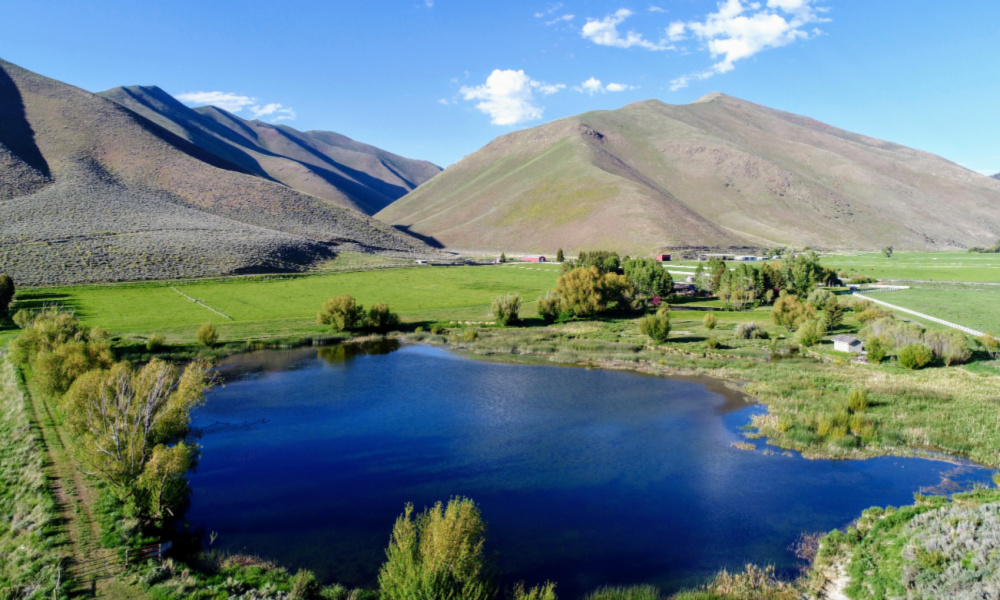
And while it would seem that his expertise in science of the ocean would have little to do with the science of the land, Werner sees them both as complicated systems. They are systems with layers of ecology, all equally dependent on the roles of every living being—from microorganisms and bacteria to the largest mammals on the planet. And then the EE-DA-HO ranch came into his life.
The EE-DA-HO ranch encompasses much of the canyon on the east side of the tiny town of Bellevue, Idaho. Originally known as the Seamonds Ranch, according to the 1881 Wood River Sawtooth Mines map, the ranch also happens to be one of the major sources of water for the town, thanks to springs that run through the property. Said to be a derivative of Idaho, EE-DA-HO means “Light on the Mountain” according to a 1934 photo taken by Lyman Marden. And with the canyon spreading east to west, light is in good supply at the ranch. With over 1,500 acres teeming with life—from the rainbow and brook trout in the springs and ponds, to the plethora of big game, including moose, bear, and mountain lion—the EE-DA-HO called to the Morawitz family, probably as the canyon has drawn people for many generations, as evidenced by the arrowheads found on the ranch. And if that weren’t enough, rumor has it that the totem pole that sits majestically at the entrance was gifted years ago by Bing Crosby.
Now, instead of going to sea to research ocean circulation or allocating capital in commodities, Morawitz finds himself drawing pasture maps, moving cattle, tending to chickens, and maintaining water lines. But it’s not really surprising that Werner turned to the land. For him, the environment and capitalism are not mutually exclusive, and he recognized that market forces could potentially be a powerful force for conservation. “I am operating under the premise that the healthier your ecosystem is, and the more you are aligned with that element of it, the more likely it is to make farming financially sustainable,” he says.
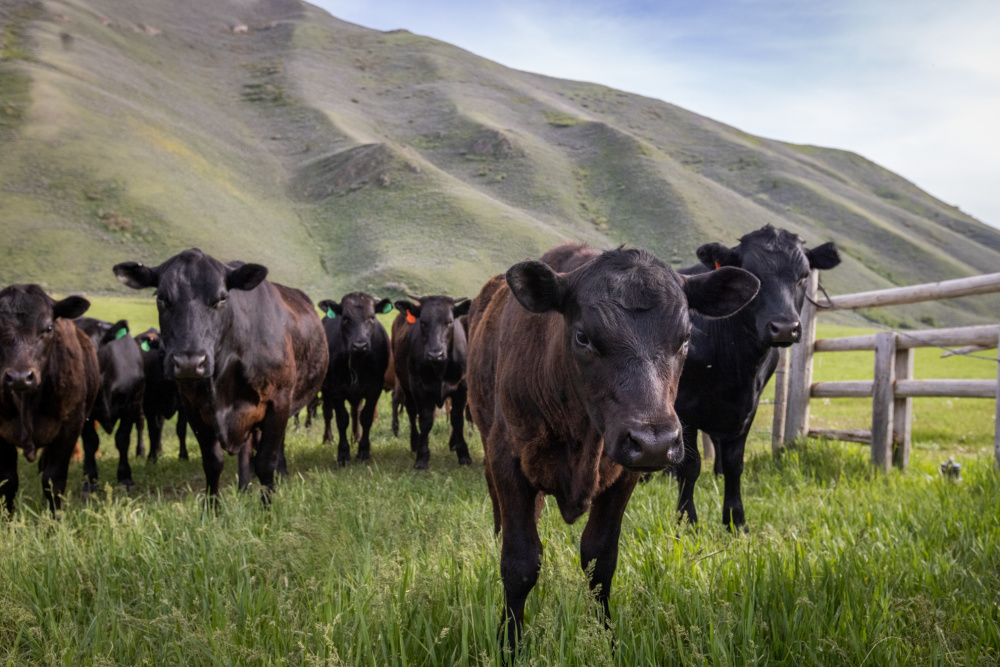
Imagine an environmental movement that could be profitable, scalable, and could benefit the planet rather than deplete it. According to Werner, it is neither science fiction nor an unattainable dream. It’s all about the soil and regenerative farming and ranching practices.
An expert on this type of agriculture is Ray Archuleta, a conservation agronomist at Soil Health Consulting and retired soil educator at the Natural Resources Conservation Service. “We can fix a lot of our climate issues if we bring the CO2 down into a living plant and put it back into the soil where it belongs,” he says.
The trick is making sure it is soil and NOT dirt. Dirt is devoid of life, and thus, has no nutrients or ability to store carbon. So how do you make soil? And how does this happen in a way that could change our world?
How, in other words, do we change dirt back into soil? First, we have to understand how we ended up with so much dirt in the first place.
Look no farther than agribusiness. Land management that includes frequent tilling of the soil, monocrops, and pesticide use have depleted the soil and contributed to the desertification of the planet. Land that has been tilled has little ability to hold water, leading to erosion and wasted runoff. Our widespread obsession and practice of monocrop production (much of which are corn and soy grown to feed livestock) depletes the soil of microorganisms and decreases organic matter. And pesticides, widely used in monocropping, according to Nature magazine, besides being “linked to cancer, Alzheimer’s Disease, ADHD, and birth defects, also have the potential to harm the nervous system, the reproductive system, and the endocrine system.” Not to mention that pesticides are toxic to the organisms in the soil that help absorb carbon.
A 2014 article in Scientific American looked at the soil issues facing our generation and generations to come because “95 percent of our food comes from soil. Soil is life.” The article considered the findings of a 2014 UN study on soil, which asserted that about a third of the world’s soil had already been degraded. The UN also posits that if agribusiness practices (monocrops, pesticides, tilling, etc.) continue at the current rate unchecked, “With the devastation to the soil at this level, there are only 60 harvests left unless we do something different. That is 60 years.” And that was eight years ago.
But there can be a path forward. Biosequestration, as described by Paul Hawken (the same co-author of Natural Capitalism), in the film Kiss the Ground, is “the storage and removal of carbon from the atmosphere by photosynthetic plants or bacteria.” So the more plant growth we have, the more carbon is pulled out of the atmosphere and into the plants and into the soil. Soil is teeming with the life of an enormous number of bacteria, microorganisms, worms, and fungus: a virtual galaxy. And that life residing in the soil can draw down and store the carbon currently in our atmosphere overheating the earth.
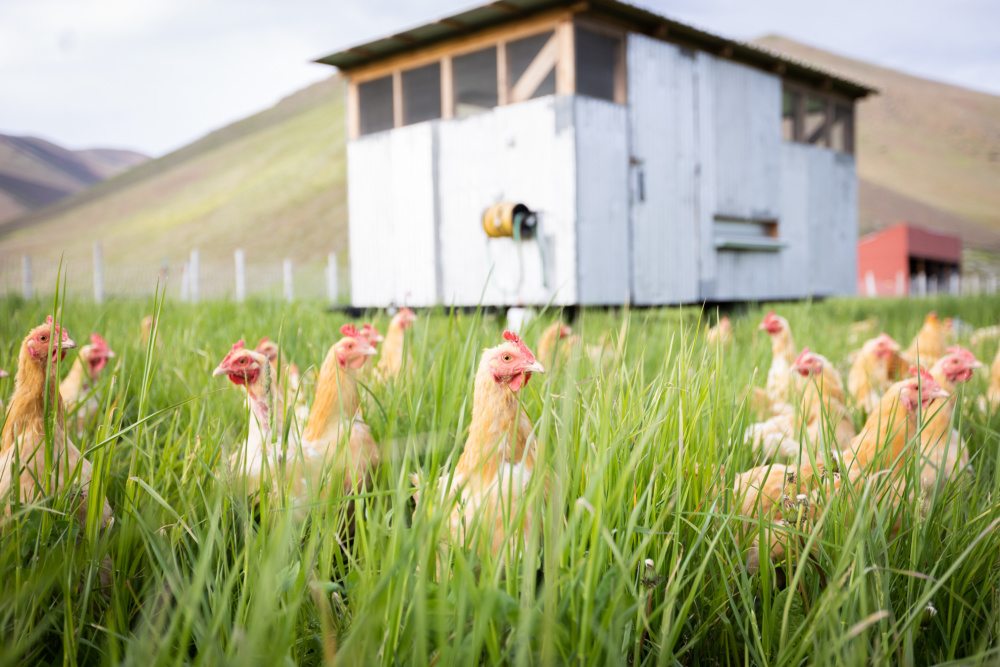
That is one aspect of what Werner and his local partners are aiming to do. Cattle sold through King’s Crown Organics inhabit the vast pastures at the EE-DA-HO. Joel Rojas, the EE-DA-HO ranch manager, oversees moving cattle every day in two- to four-acre mobile paddocks, where they eat only half of the grass in any given area, and then leave it to rest for at least 30 days. Interestingly, this method is actually based on the natural movements of bison on the Great Plains, which was grassland until the bison were decimated and overtilling gave way to dust bowls. The bisons’ hooves tilled the soil, their bodies fertilized it, and they ate just enough grass to spur regrowth until they were herded and chased by a new class of predators, people settling the areas. Bison, if left to their natural patterns of behavior, might not return to the same area for months, allowing the grass to regrow, preventing erosion, and allowing the soil to retain and utilize water more efficiently. So, the grasses are taking the carbon from the air via photosynthesis and pulling it into the earth. Away from our atmosphere. And on the EE-DA-HO, the cattle are the buffalo. And while cows do create methane, according to an article in TIME magazine, “More methane is produced when the (cattle’s) waste is collected in holding ponds, a typical practice for large-scale industrial meat producers.”
To increase the health of the soil and livestock, Werner also employs the help of some feathered friends. By using a moving chicken coop five days behind the cattle, the birds forage for insects and aerate the soil. By waiting five days, the dung beetles (living in…you guessed it) should have hatched and grown. These insects are important for the breakdown of dung into the soil, which augments the soil with more nutrients. The chickens also feed off of the fly larvae, which keeps the fly population low for the health of the cattle. System after system. Oh, and the eggs they provide are a bonus.
There are other methods of regenerative farming in place at the ranch. According to Werner, it’s all about producing layers of complementary and intentional practices that balance ecosystems. Another strata of the structure is provided by the gardens. Squash Blossom Farms grow their vegetables on the ranch using a low-till method to minimize disturbance of the topsoil. Using cover crops further reduces water consumption and companion plants add nitrogen and nutrients to the soil. Healthy rich soil leads to more nutrient dense produce. Bees from Foxglove Honey also reside at the ranch, increasing plant proliferation through pollination. And, of course, the golden elixir—honey!
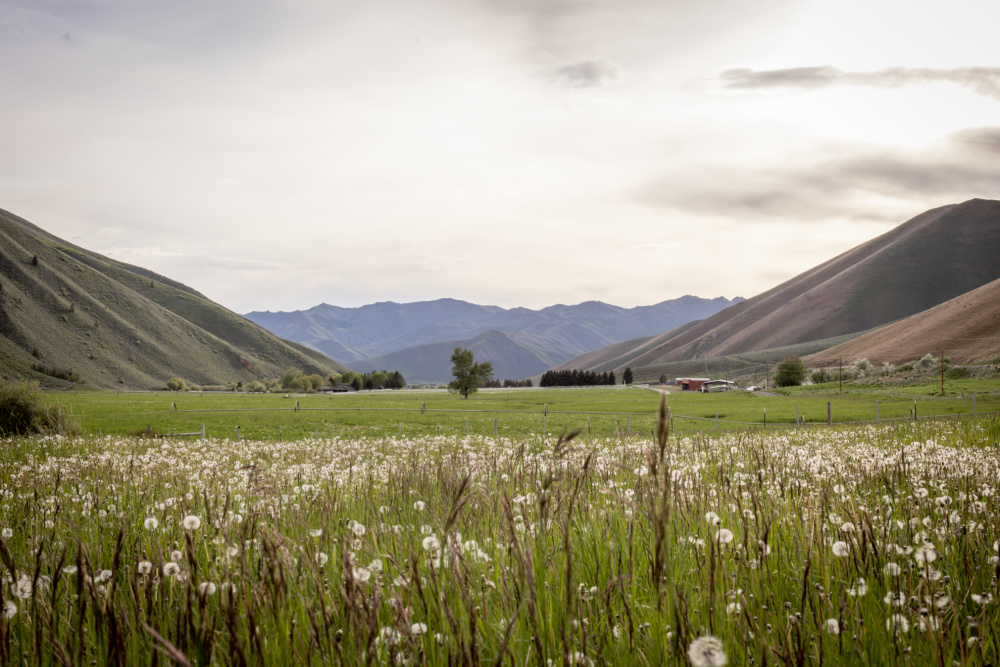
And while all of these sustainable or regenerative methods lead to better health for the planet, what about the financial component? It appears that unless there is a financial motivation for people to change, they are often not in a position to take the risk, or unwilling to let go of the status quo; even when the effects of climate change such as drought, wildfire, and flooding are hitting closer and closer to home. However, Dr. Allen Williams, Chief Ranching Officer for Joyce Farms, formerly a university faculty member in agricultural sciences, a sixth-generation family farmer, and a pioneer of regenerative ranching, tells us in the short film, A Regenerative Secret, that he can hold three and a half times more cows on a smaller amount of land following regenerative practices, with almost no input costs, which “means more net profit.” Better soil, better profit. The only issue holding anyone back, he claims, is not knowing about it.
So…how is Werner working to turn dirt into soil? By reducing tilling, promoting trees and perennials, using cover crops, composting, and grazing with migrating hooved animals. With those practices in place, lifeless dirt can turn into carbon-absorbing soil.
Werner admits that learning the process of regenerative ranching, trying to make it financially and ecologically sustainable, and balancing the multitude of systems at work is “humbling.” It requires him to continually observe, measure, adjust, be creative, practical, and seek input and expertise from a wide variety of people. “There are many people in this Valley who have far more knowledge about ranching, farming, or fisheries than I will ever know. And they are an invaluable asset to our community,” says Werner. “Because I’m starting from a different perspective, it is easier for me to head down this path, to try things, and hopefully de-risk it for others who can learn from my mistakes, and who then will be able to take it further than I can with their experience. I seek collaborators who share the same principles of ecosystem health along with financial sustainability that I do, and who want to start businesses here, or collaborate in other ways that can complement the partners who are already producing. The EE-DA-HO and the canyon is a magical place, and we are just its current stewards for a blink of an eye in the big picture. My hope is that we can leave it even better than we found it.”
“Systems should be changing continually, evolving, and adapting,” he adds. “The more you spend time on it, the more you learn, the more you realize how little you know.”
I, for one, am sure glad he is trying.




